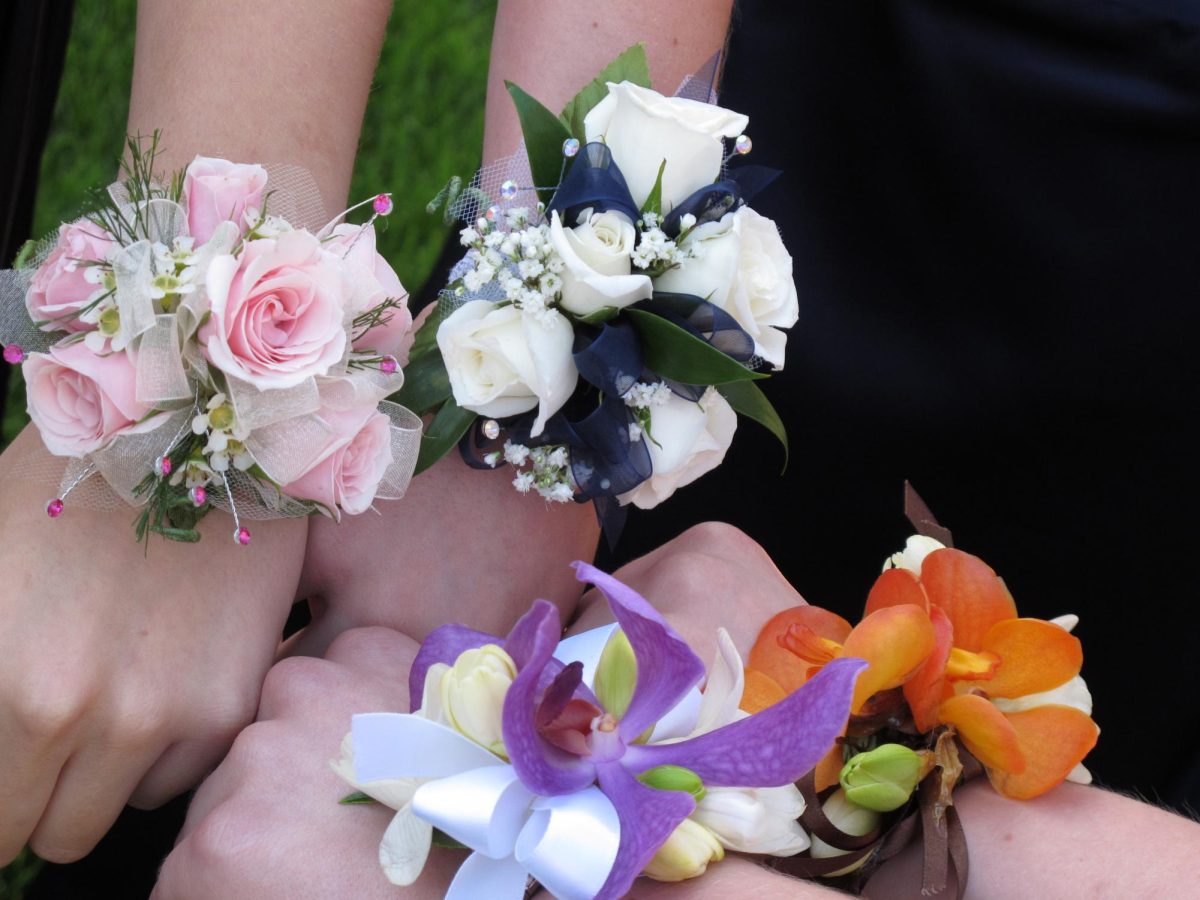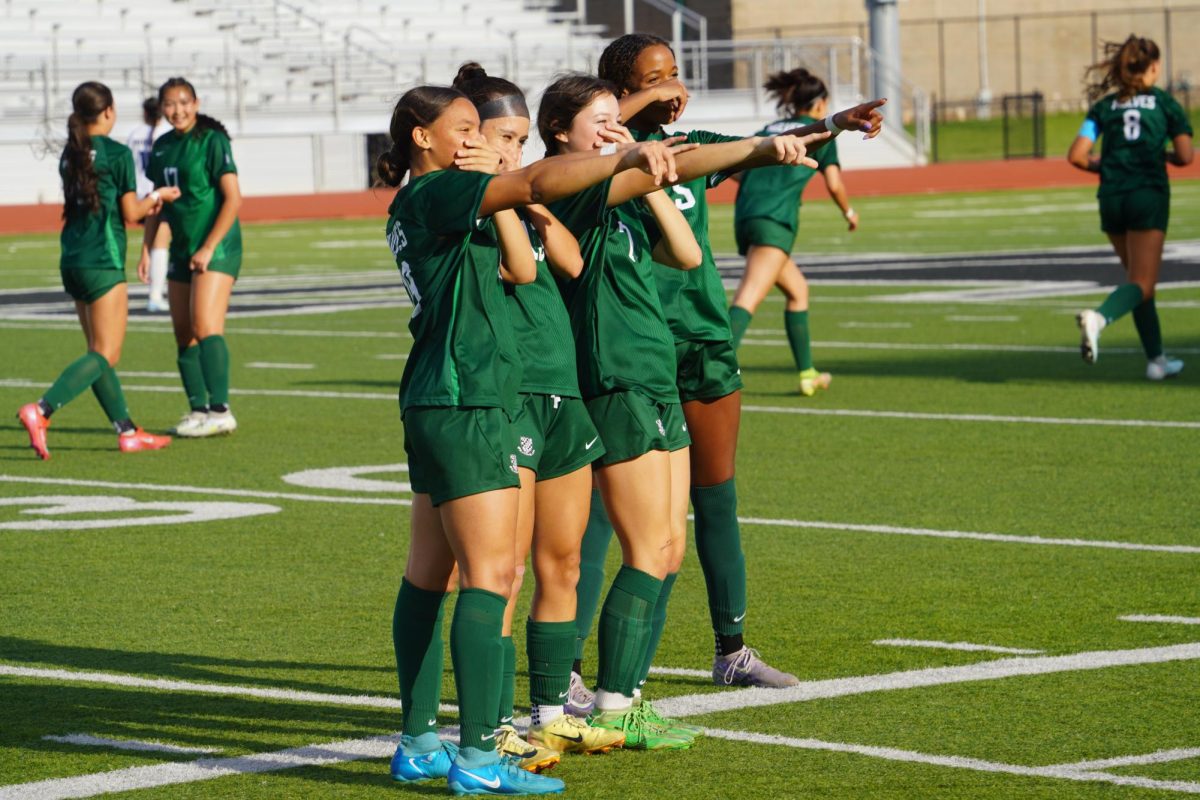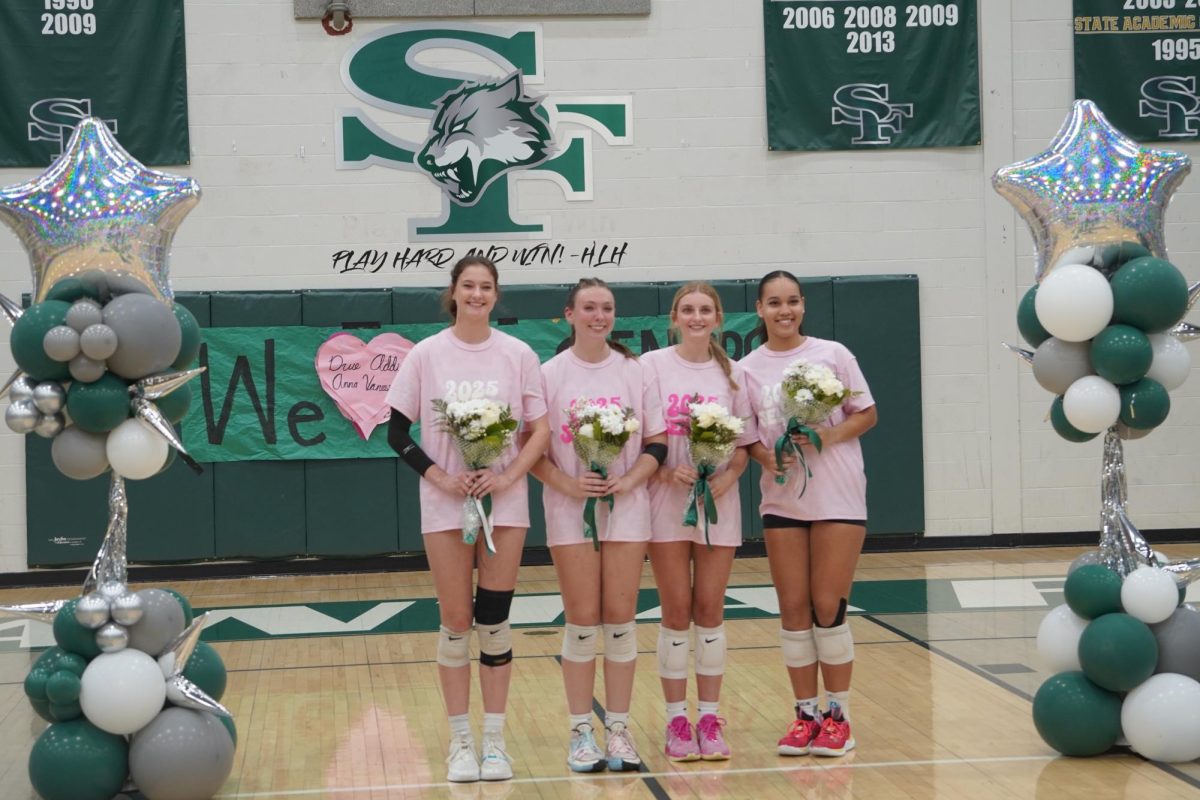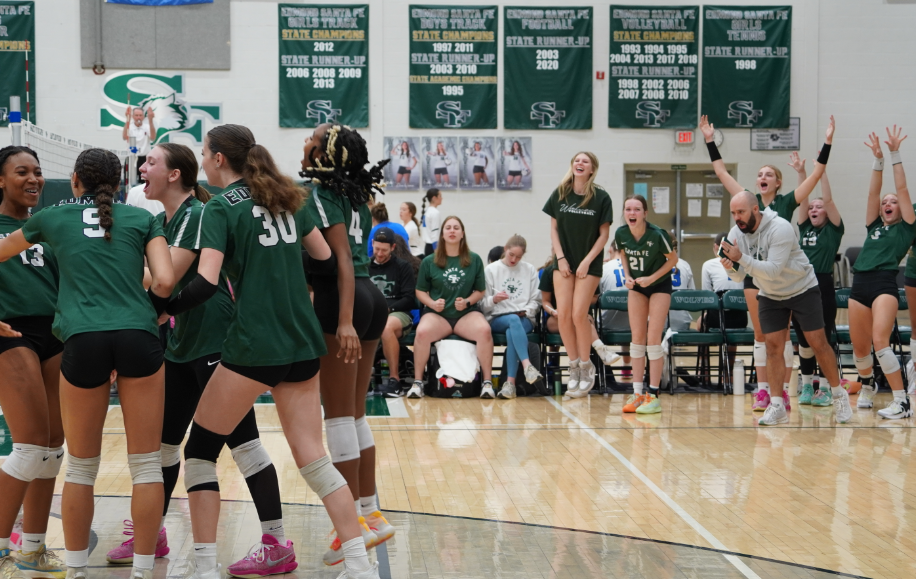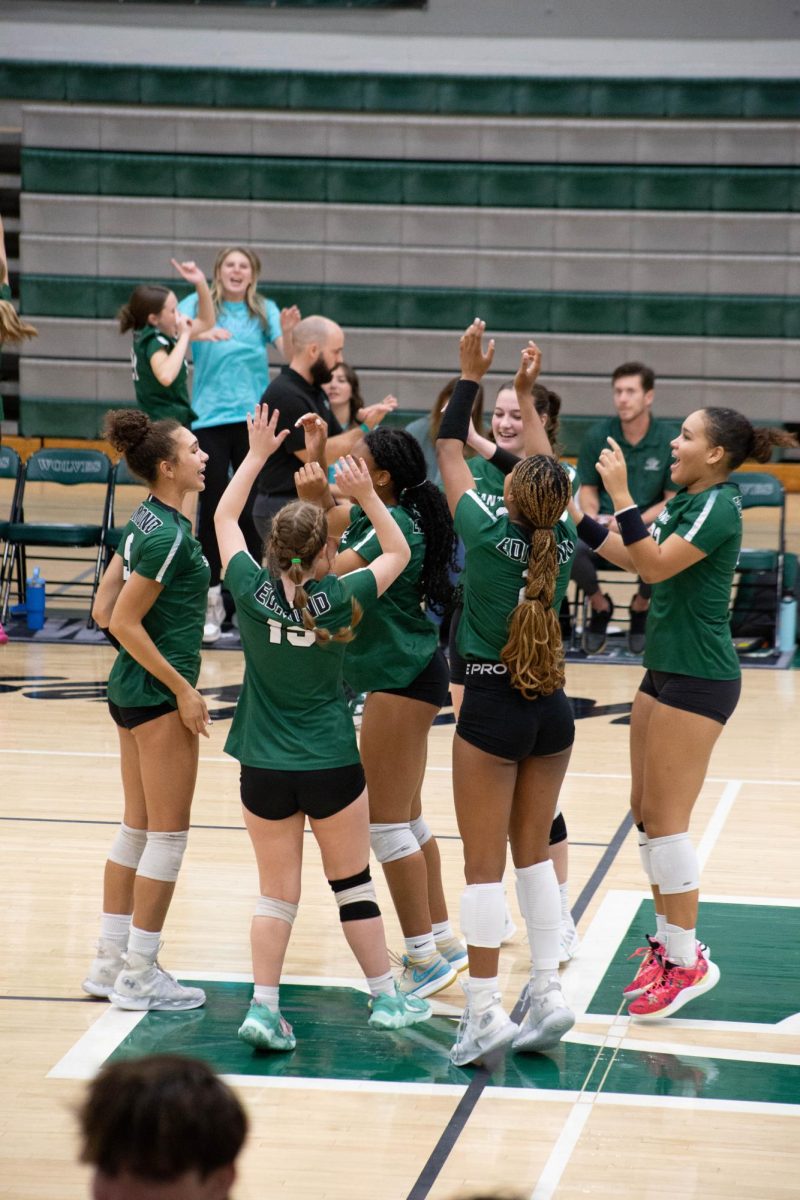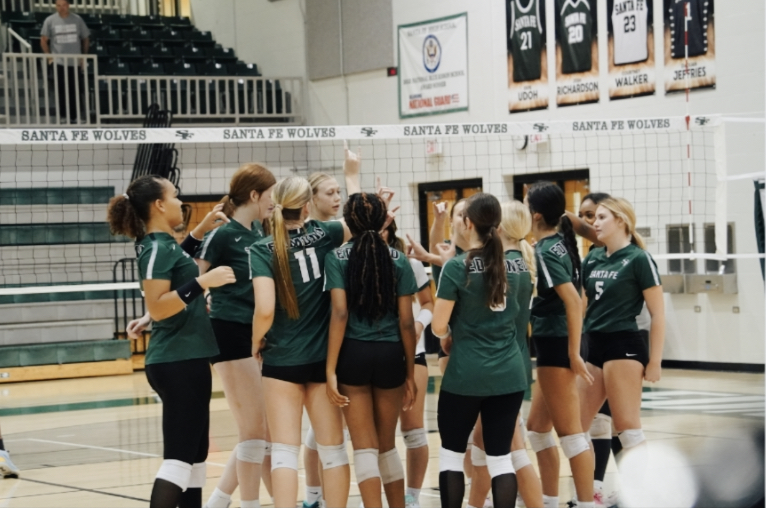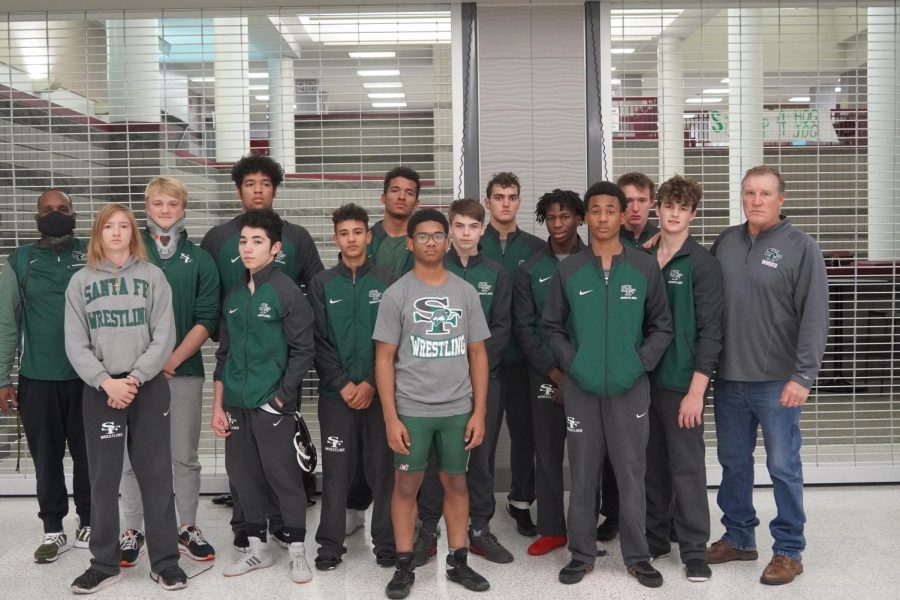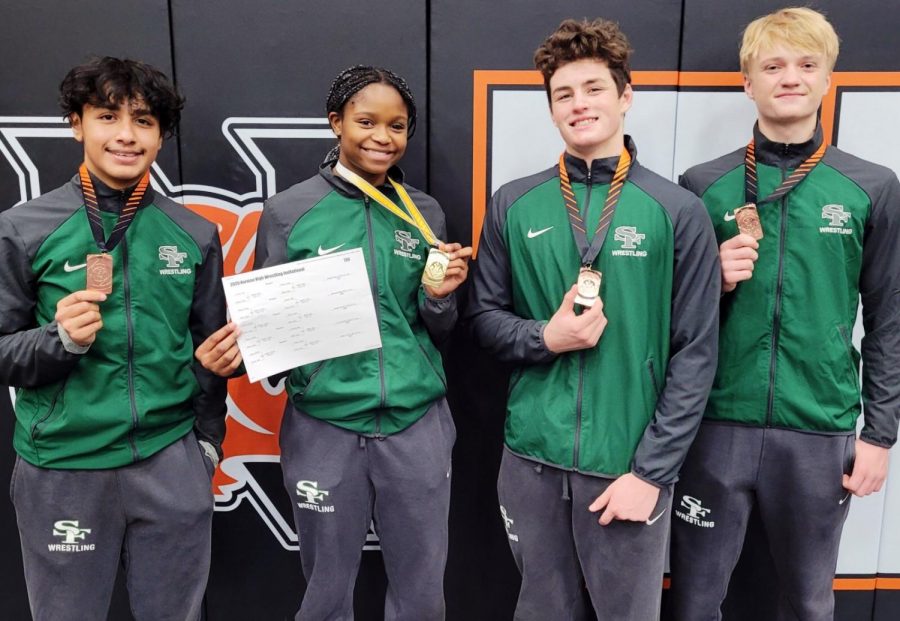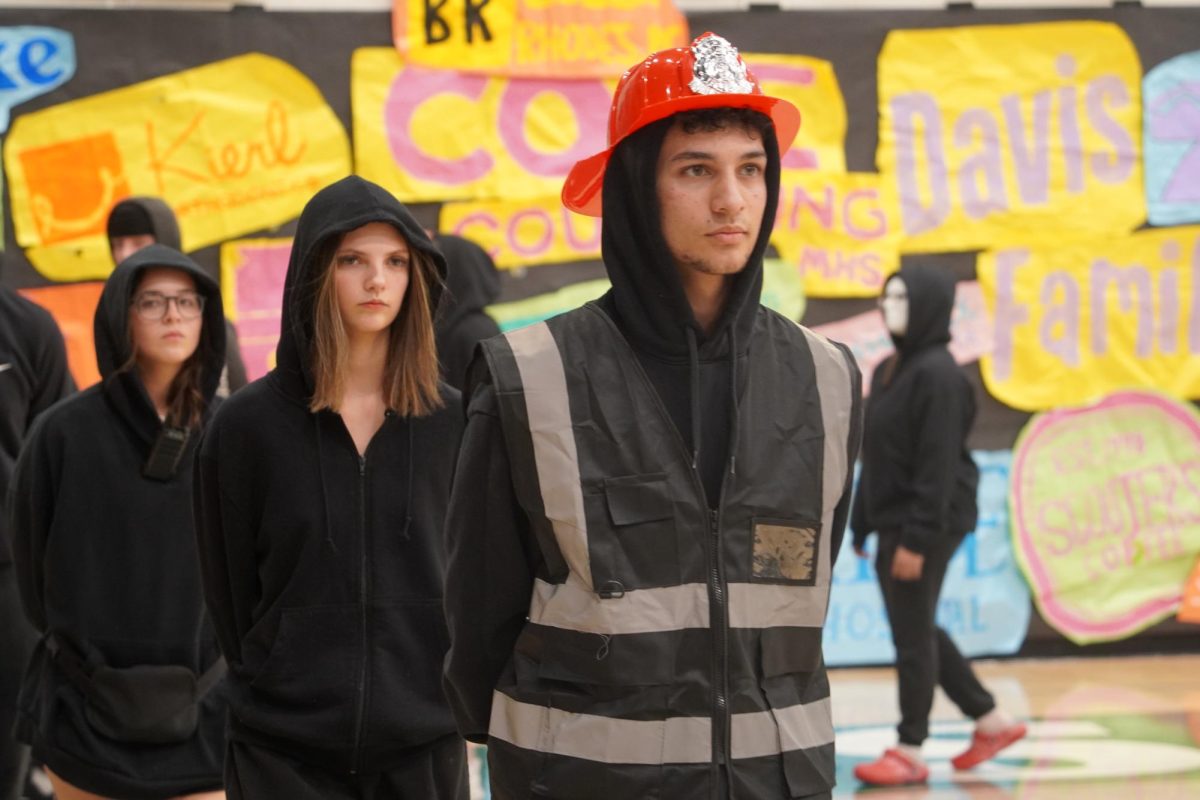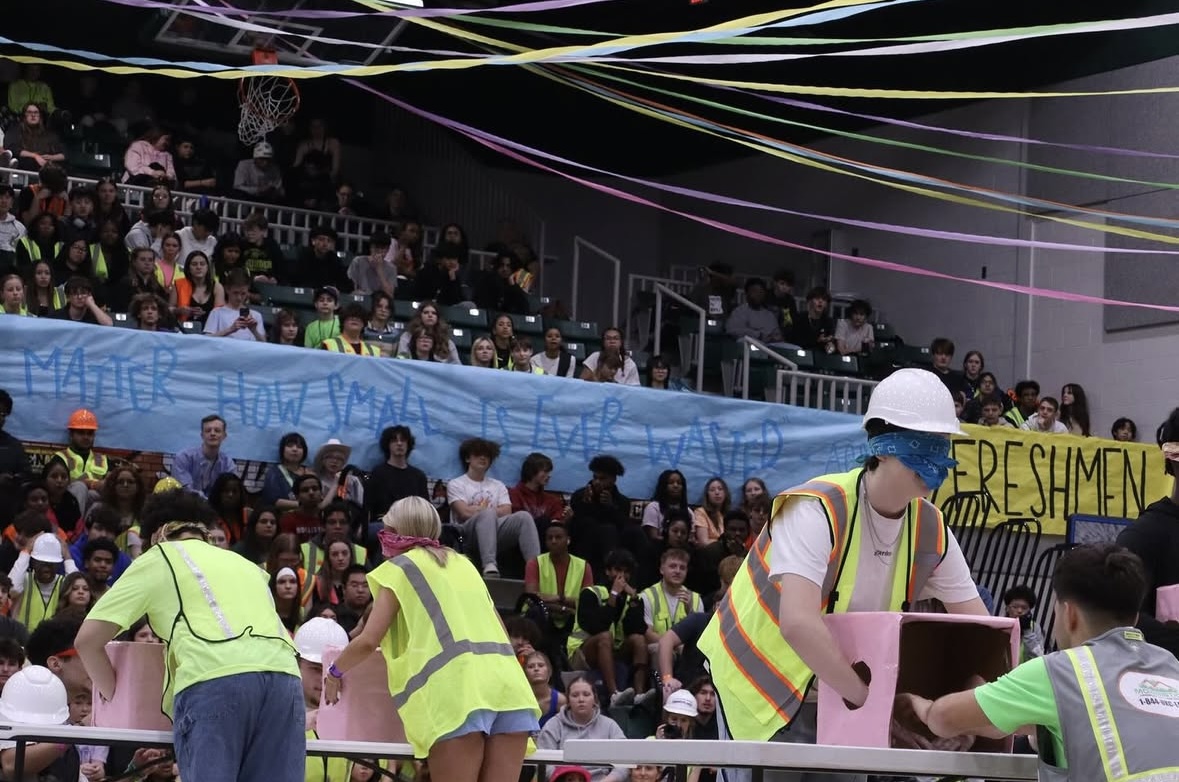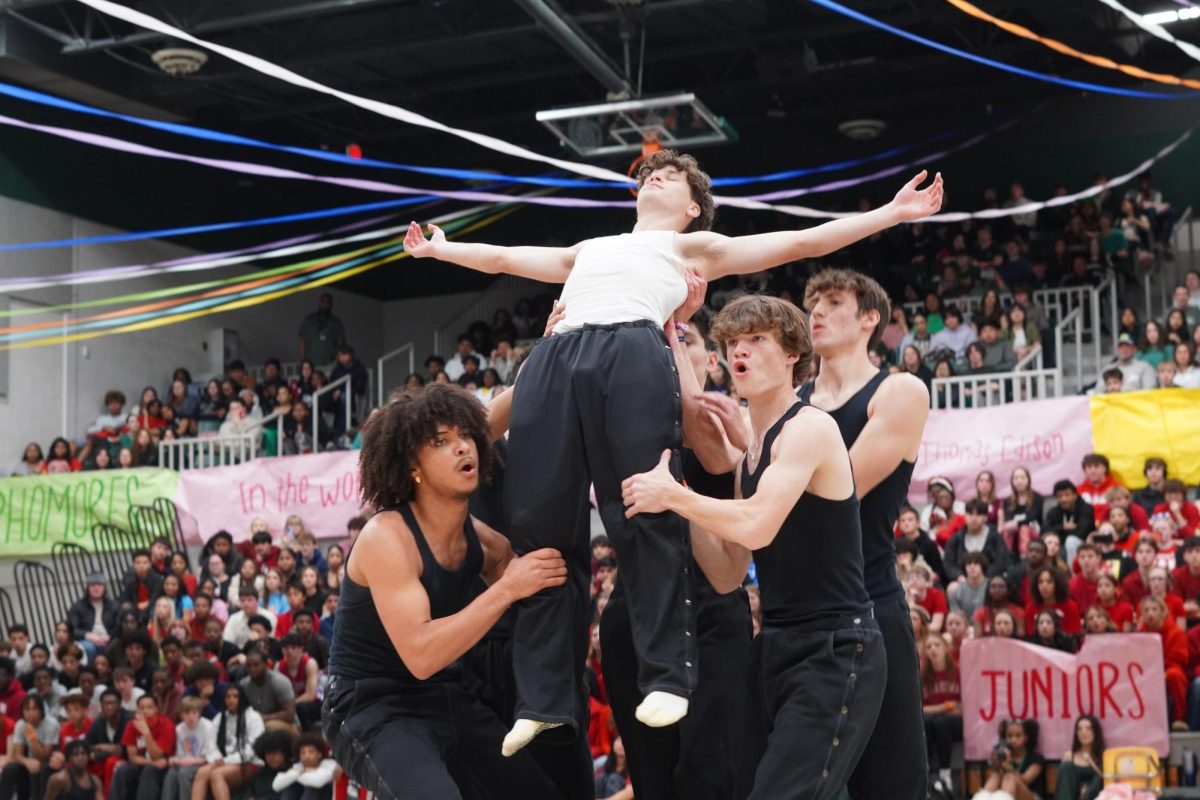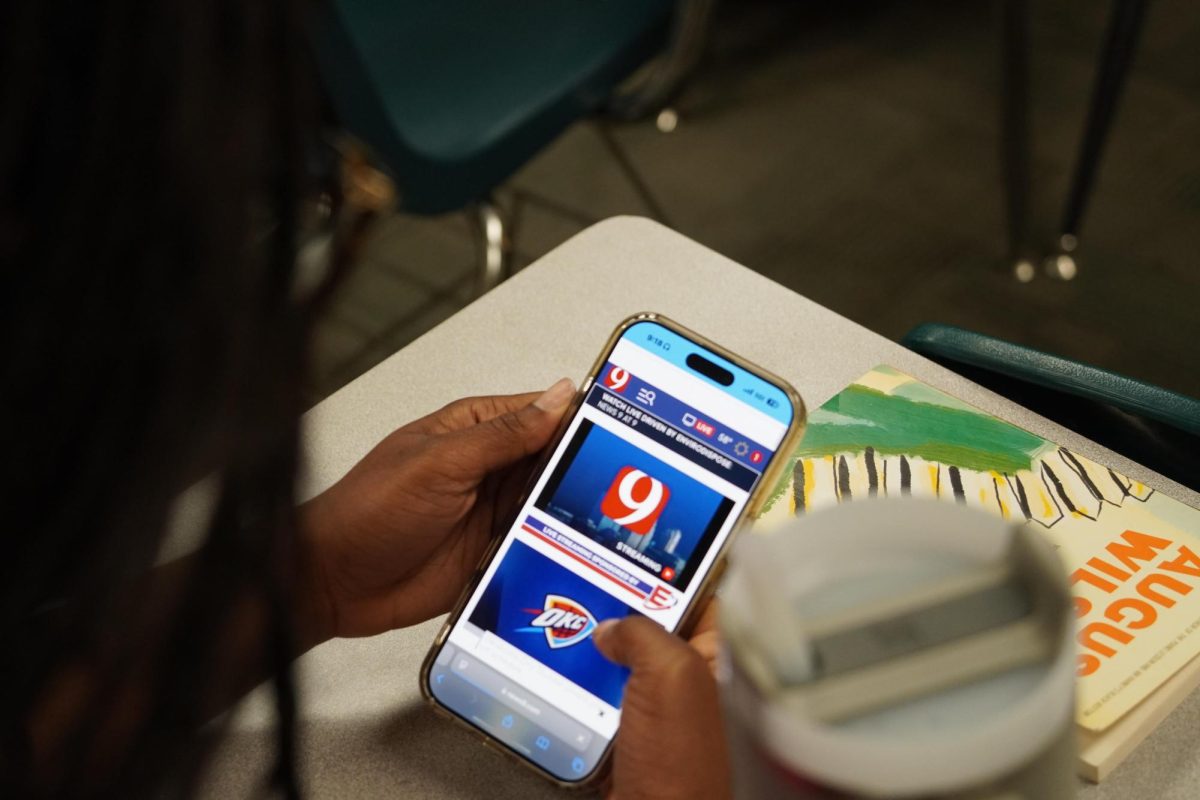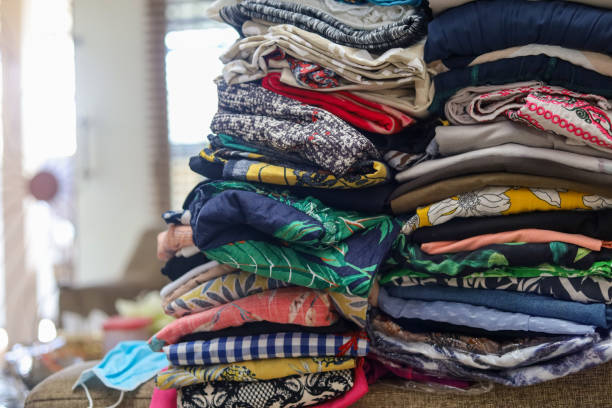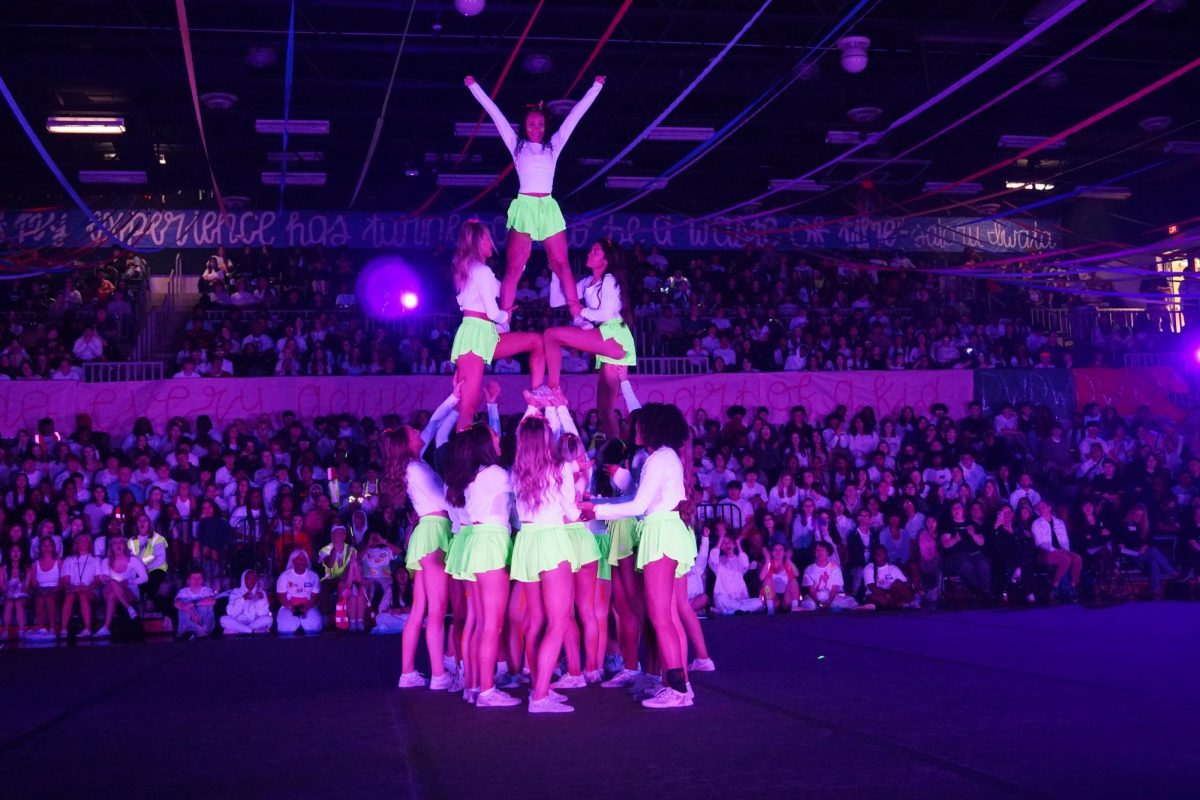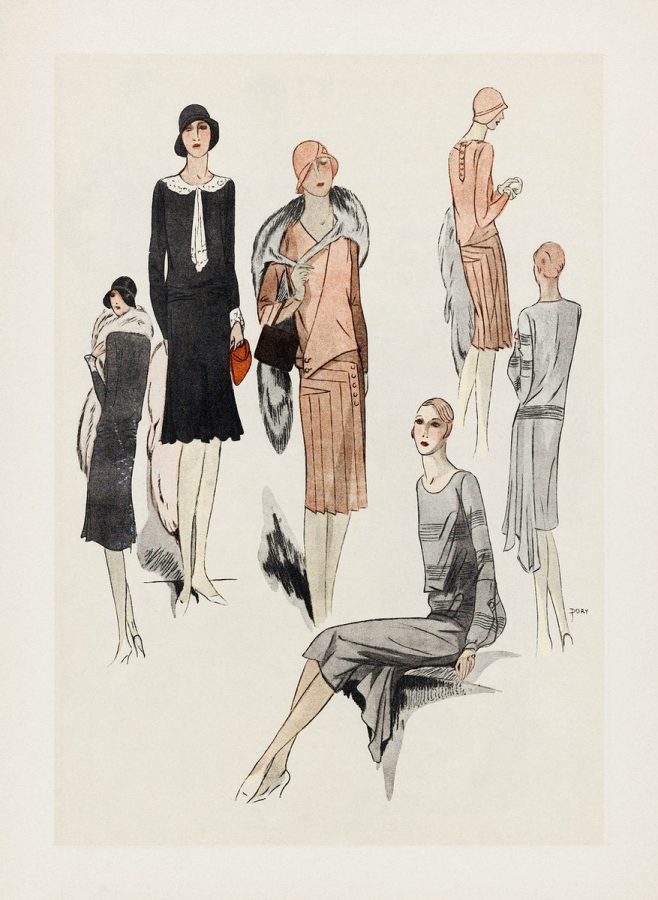Women’s Fashion: Expressive or Oppressive?
December 8, 2021
In modern society, fashion is promoted as a way to express oneself. From handbags to ankle socks, earrings to baggy jeans, there are endless possibilities when it comes to style. However, is it possible that fashion – women’s fashion in particular – could be oppressive as well as expressive?
According to an article, by Jessica Ciarla, at the University of Texas, there are several examples of oppressive women’s fashion throughout history. One infamous example is the corset, popular among women in the mid-1800s to the early 1900s. These garments were worn underneath layers of fabric and were used to make women’s waists look as slim as possible.
Despite these historical oppressions, modern-day designers are taking note of the social inequalities caused by fashion trends. Alexander McQueen, a well-known fashion designer, created several dresses and outfits that use imagery to tell the stories of the women that wore oppressive clothing. He stated that he wanted people to be afraid of the way women dressed and used fashion as a form of communication to reject societal standards.
However, in the article, “Fashion Trends and Its Impact On Society”, by Dr. D. Saravanan, it is suggested that fashion is a way for all people to express themselves to the rest of the world without using words.
“In the society, the individual’s appearance is the ticket to transmit non-verbal communication signals such as possible cues about his / her social stature, values and lifestyle,” Dr. Saravanan said.
Many people view fashion as a way to express themselves or communicate their beliefs and culture, including a large number of students at Santa Fe.
“Fashion creates a way for people to view your style just by looking at your clothing,” sophomore Bailey McDaniel said. “It’s a way to express yourself through stuff like patterns and tones.”
Keeping up with modern fashion is certainly a way to express oneself. However, throughout history, there have been many examples of womens’ oppression disguised as trends and style. The stereotype of a perfect body has tormented women for centuries and continues to play a prominent role in society today. It’s not difficult to imagine that women in the future will continue to battle oppression through fashion. Despite these past hardships, fashion can still be a way to communicate one’s views non-verbally.

